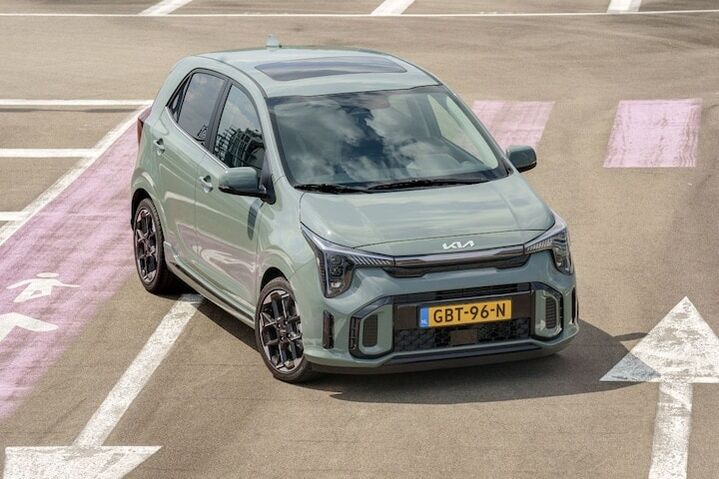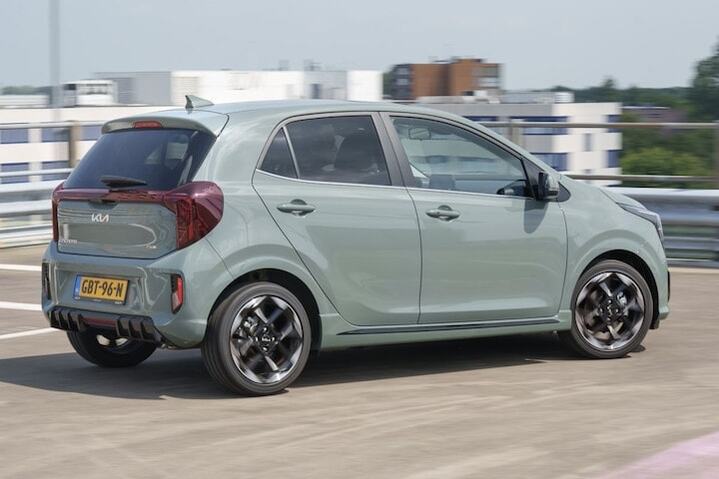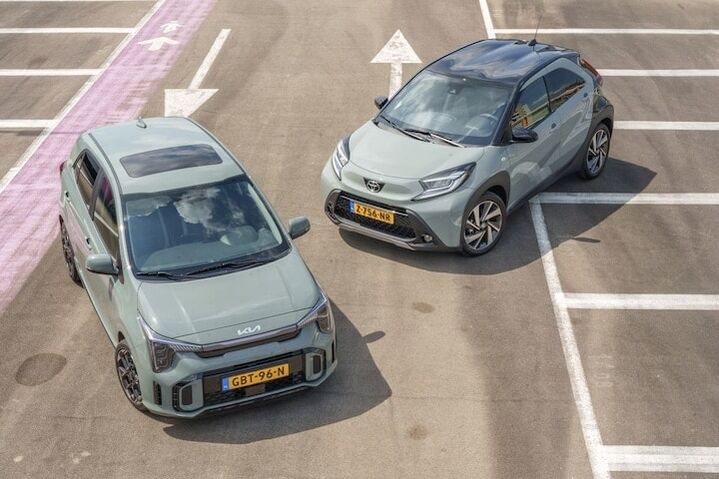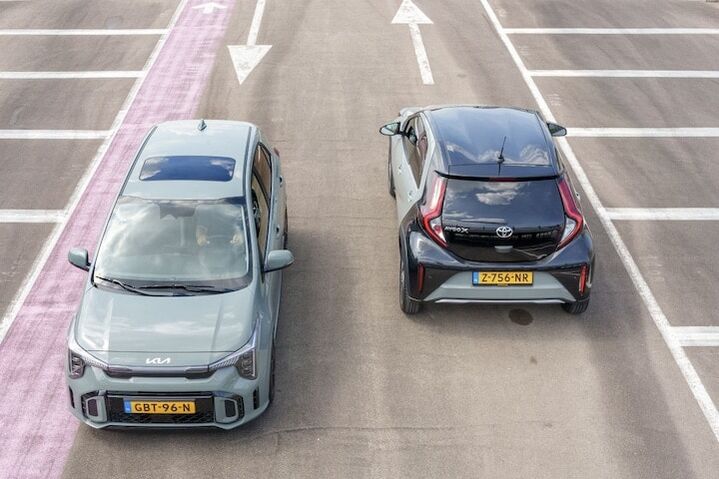Has Been Around Since 2004

The Kia Picanto is by far the most popular Korean car on Dutch streets. In over 21 years, the brand managed to sell more than 160,000 of them, a number that is difficult to overtake. The current generation also remains a high-flyer, with no less than 8,407 units sold, ranking fifth in the 2024 sales charts. Why is this car, which is basically eight years old, still selling like hotcakes?
The first Kia Picanto made a good start in 2004, but it was the second generation that really put the model on the map in 2011. The third Picanto was presented in 2017 and continued the trend. Although the car still sells well, 2024 was still a disappointment for Kia; the year before, the Picanto was good for 10,951 units and a second place. On the other hand, you now find the Niro in that spot. Feeling sorry for the Breukelen-based importer seems inappropriate for the time being.

What makes the picanto unique?
For success, you need something unique, and the Picanto certainly has that – first and foremost, its name. In the beginning, it led to some hilarity in our snack bar culture, but perhaps this association gave the model a significant initial boost. It wouldn’t surprise us if more Dutch people now think of this car when they hear ‘Picanto’ than a fried meat stick.
However, the Kia Picanto deserves more than just jokes about its name. The first generation already looked quite fresh for its time, and the second from 2011 was even a cool little thing. The combination with Kia’s competitive price and striking guarantee promise convinced many, many Dutch people. The third generation Picanto became much more mature and grew in all directions. Meanwhile, the Picanto, which costs at least €19,795, is no longer a bargain, but it holds its own in the increasingly thinning A-segment.

Age Cannot Be Denied
It probably helps Kia that many manufacturers are scrapping their offerings in the A-segment; if there is no competition, you are naturally the best. With that, the Koreans probably didn’t count on Toyota, which three years ago cheerfully came up with a new Aygo X. In an important comparison test with the slightly later extensively facelifted Picanto, it immediately claimed victory.
This is because the small Toyota has a better chassis, a finer drivetrain, and more complete safety equipment than Kia can offer. “If you really want to drive small, then the Aygo wins,” reads the test conclusion, but the most important judgment is that with a little more saving, you buy a much better car from the B-segment.

This loss does not mean that the Kia has no advantages. Compared to the Toyota, it mainly scores with a more spacious interior, the nice cockpit, and better multimedia. That is not enough to make a real fist, because the only available drivetrain with the only 63 horsepower engine does not even get half the number of points. It is ‘very basic and no longer of this time,’ which you especially notice outside the city.
The chassis also scores poorly because it is ‘light, a little too soft, sometimes jerky again.’ The braking distance is also disappointing, and even Kia’s once groundbreaking 7-year or 150,000-kilometer guarantee is no longer sufficient; Toyota dares to offer 10 years or 200,000 kilometers. In short, the age of the Picanto is seriously affecting the model, and the major facelift hardly helps.
How long will it last?
With that critical conclusion, the question arises how long the success will last. The first sales figures of this year seem to cautiously point in the direction of ‘very long,’ because in the interim standings up to and including April, the Kia Picanto is back in its familiar second place. It may have its shortcomings, but it still manages to convince enough people with the qualities that remain.